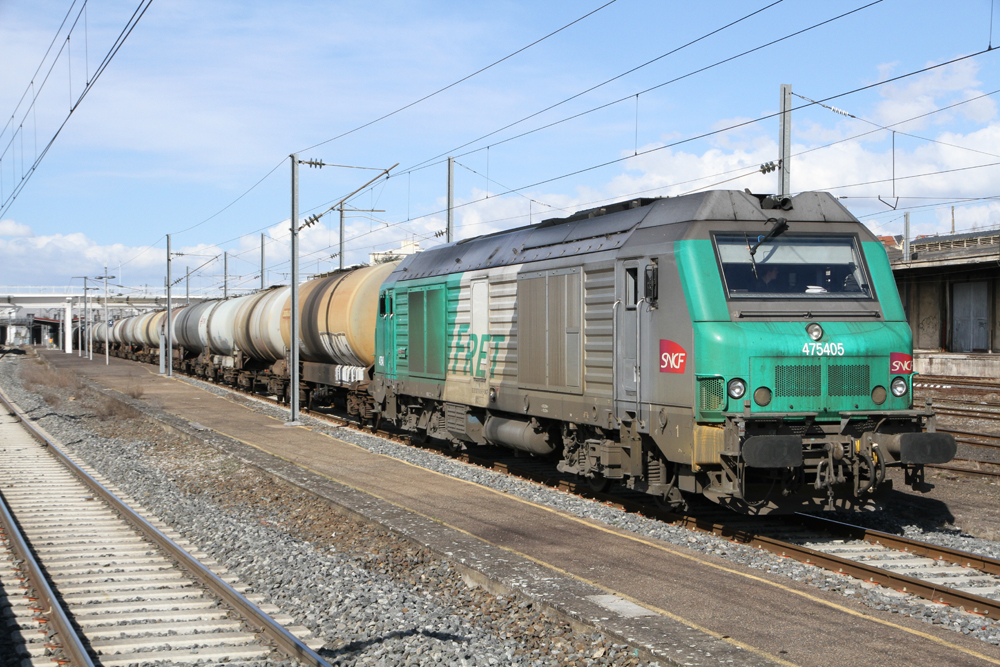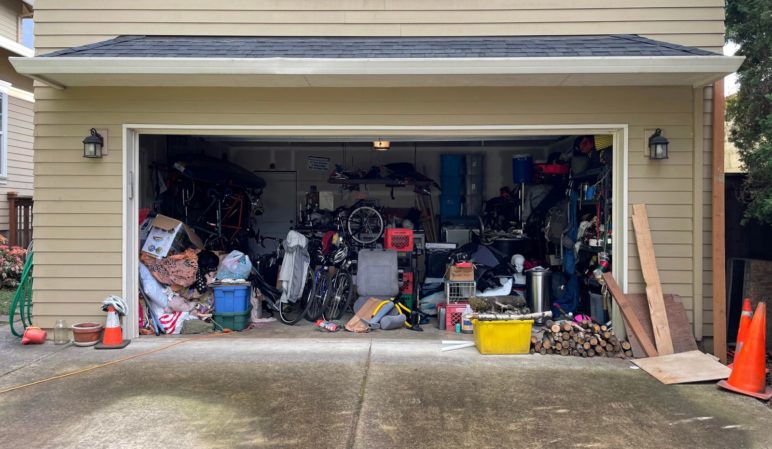I do wonder if one thing the UK has that might be helpful in thre North American market is rolling stock leasing. It’s difficult, of course, with the variety of train control and platform heights etc., but it seems to me that liquidity to react to unexpected issues is far too tight, whether it be demand surges, a significant train crash like the Talgo Series 6, or a natural event like that flooding that took out a lot of northeast corridor stock a few years back. By contrast, an airline in a bind has many options to choose from, some of which ordered straight from the production line by the lessors.







